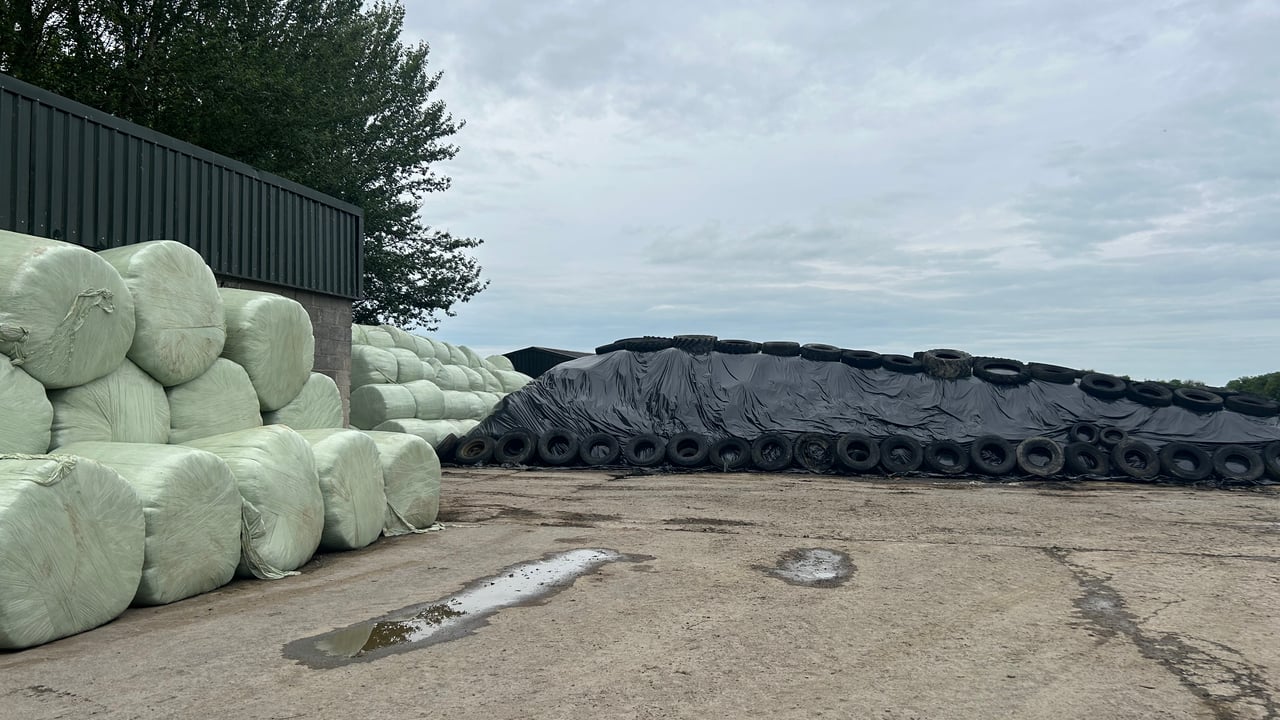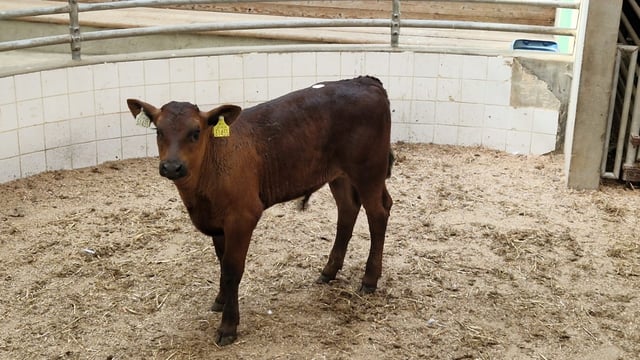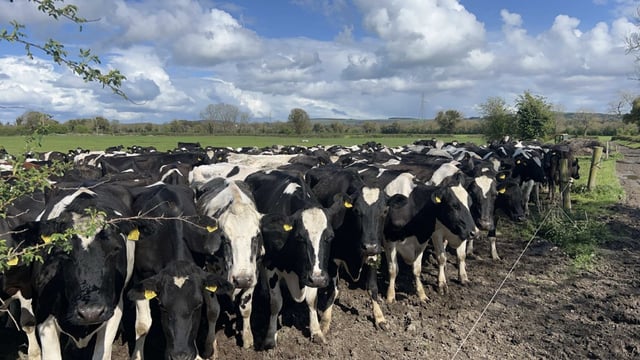Dairy advice: Time to start budgeting feed for next winter
As we are now into the month of May, farmers may be eyeing up an early silage cut, and should be budgeting feed for next winter prior to cutting.
For farmers who are milking cows over the winter, they should be aiming to cut silage in the coming days and weeks to ensure that cows have silage with 75-80% dry matter digestibility.
However, while keeping quality in mind, farmers need to ensure that they make enough silage for the coming winter, and to budget for making surplus silage in the event of a longer and harder winter.
Silage supplies for the most part lasted right through last winter, with many farmers having excess still in the yard thanks to the incredible 2024 back-end followed by a dry spring.
This meant that cows were able to stay out grazing right into November last year, and were able to get back out to grass in the early parts of February.
Grass growth this year has been slightly slower, with growth rates really only beginning to take off now, which may just bulk up first cut silage supplies and fast-forward the cutting date.
Farmers need to remember before budgeting feed that the winter of 2023/24 and the winter before that lasted up to seven months, and feed and silage supplies were depleted across the country.
Just because last year proved very favourable from a winter duration point of view and allowed for early access to grass, one would be naive to presume a similar winter ahead and should always feed budget for the worst.
Planning for at least a five-month winter is advisable, and the duration of the winter will depend on your location, so if a six-month winter is a reality in recent years in your area, then definitely budget for it.
Farmers should also aim to have an extra months’ worth of feed in reserve for periods of challenging weather.
A herd with 100 cows, 25 in-calf heifers and 25 yearling heifers will need the following amount of feed reserves:
| Silage requirement –month | No. of months (incl. fodder reserve) | No. of stock | Total | |
|---|---|---|---|---|
| Dairy cow | 1.6 | 5 | 100 | 800t |
| In-calf heifer | 1.3 | 5 | 25 | 162.5t |
| Yearling heifer | 0.7 | 5 | 25 | 87.5t |
| Total | 147 | 1,050t |
To complete a fodder budget, farmers need to measure silage pits (length x width x average height in metres) plus count bale stocks.
The measurement of the pit can be multiplied by 1.35 to get the amount in tonnes. To convert bales to the equivalent of tonnes of silage, multiply the number of bales by 0.9.
Many farmers will have extra silage left over in the yard due to the short winter experienced, so farmers need to add this into their plans to see how much ground and how many cuts are required to make their desired amount of silage.
So, with the designated area for first and second cut silage, farmers need to estimate how much silage that will provide, along with whatever is left in the yard and calculate whether a third cut will be needed.
Finding out if you are going to be short on silage now will keep you ahead, as cutting for a third cut may dictate first and second cut silage harvest dates.
If third cut is impossible, the farmer may start at looking at where they can buy in quality silage.
If there is a potential fodder shortage looming, farmers should also look at moving on their cull cows early or non replacements and non-milking stock, giving more of the milking platform for silage or look at renting ground for silage, which is easier said than done.
The point is to start analysing the maximum amount of silage that can be produced for your yard and work back off that to make sure you produce a surplus of silage to cover yourself in the event of a harsh and long winter.





